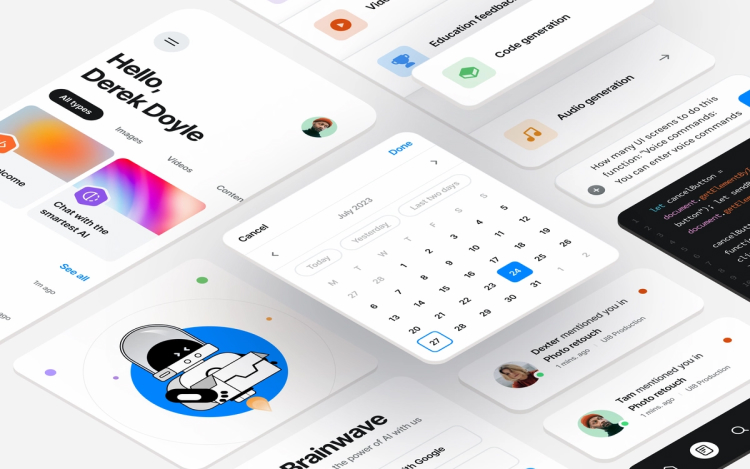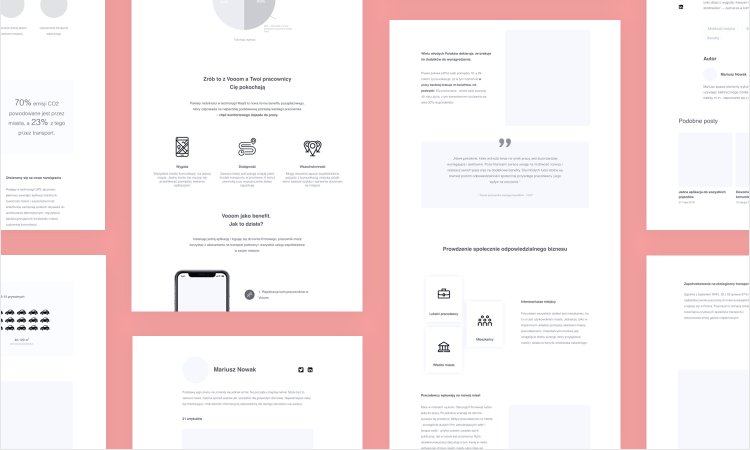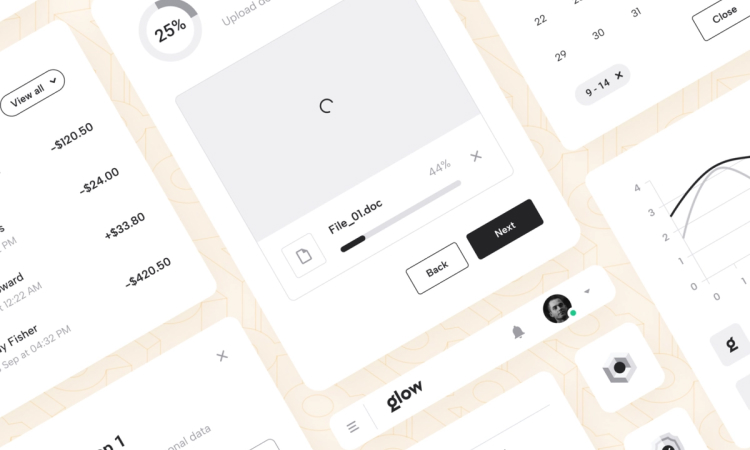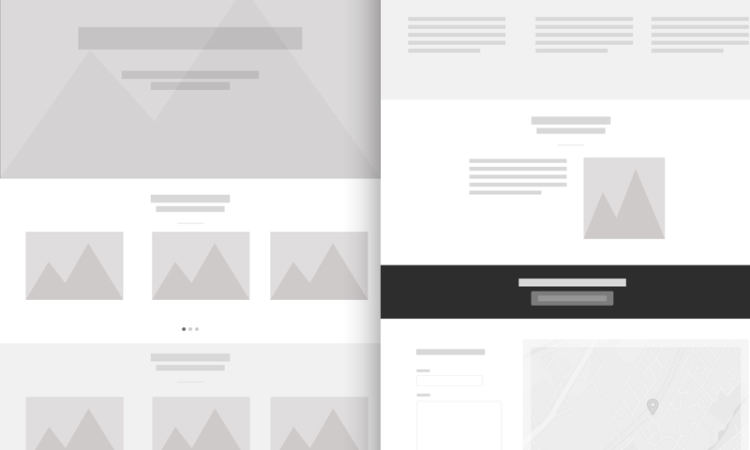UI (user interface) testing
UI (user interface) testing
The appropriateness of each of the testing stages, as well as the depth of detail of each of them, should be determined from the project itself, its scope, peculiarities, and even requirements. However, there are certain testing principles, and one of them says: you should start testing as early as possible. And this is really true, because this way you reduce risks and immediately get a high-quality, compliant product, protecting yourself from further rework.
What is UI testing and what are its benefits?

UI testing is an activity aimed at checking the quality of the user interface and its compliance with all norms and requirements. Such testing can be carried out manually or with the help of special tools, it all depends on the goals and features of the UI Test.
The essence of UI testing is that the software is checked from the user's point of view to make the final product convenient, attractive, and understandable for your audience. For this purpose, a team of people not involved in the development of a particular product is involved in testing: they get acquainted with the application, study it, and interact with it as an ordinary user would. The task of the development team is to track strengths and weaknesses, and after testing, to improve the product based on the test results.
UI testing is carried out in parallel with the UX testing of the software product, so it is possible to achieve a greater degree of verification and even better results.
Why you need prototype testing

Prototype testing is carried out at the early stages of software development and is the basis for checking both the UI and UX of a future application or website. Early detection of any errors in the interface structure and interaction of its components helps to significantly reduce costs.
The fact is that the cost of fixing such errors at the prototyping stage is ten times cheaper than fixing them in the finished product, because then you need to create a prototype again, correct the already drawn design and rewrite the code responsible for these functions. And in complex and highly detailed software products, this can take a lot of time, and there is a risk of provoking new errors and failures.
Thus, mobile app ui testing begins at the prototype stage and can be carried out in several different ways.
UI testing of an interactive prototype
Another option for testing the interface is to use an interactive prototype. In this case, designers develop a detailed layout and appearance of the resource with the help of special tools, and only then it is tested. To test an interactive prototype, people who are not involved in the development of the software product under test are also involved. They also explore the application or website as a regular user would, but all their actions are recorded for further analysis. The development team only draws conclusions based on the results and improves the product.
This method requires longer and more thorough preparation, because designers need to create a complete interface of the software product beforehand, but testing can be carried out in more detail and in a more substantive way, which significantly increases its effectiveness. Besides, a ready-made interactive prototype will be needed for full User Interface testing anyway, so you don't do extra work, you just do it one step earlier.
Is it always necessary to conduct UI testing

User interface testing is necessary primarily for large and complex projects, but it is nevertheless useful for smaller projects.
To begin with, you need to understand that UI testing is carried out at three levels: unit tests, functional testing, and End-to-End testing. Unit tests are needed to check each individual element and all its characteristics separately, i.e. independently of other elements of the system. Functional testing checks the operation of all elements and their interaction with each other, and this type of testing is carried out at the development stage. And End-to-End testing is performed on a finished product, where its operation as a complete software is checked.
On small projects, the second stage is often skipped, leaving only unit tests and final verification. Some do this on any project, regardless of its scale. Does it save time? On the one hand, yes, because functional testing is a rather voluminous and time-consuming process. But on the other hand, if you don't check everything at the beginning of the work, you risk finding errors during the final End-to-End testing that can be fatal for the product, or at least cause significant financial losses.
The expediency of each of the testing stages, and even the depth of detail of each of them, must be determined by the project itself, its scope, features, and even requirements. However, there are certain principles of testing, and one of them is that you should start testing as early as possible. And it's true, because in this way you reduce risks and immediately get a high-quality, compliant product, protecting yourself from further rework.
Conclusion and recommendations
User interface testing is a necessary stage of testing that is important to carry out at the very beginning of software product development. This way, you can avoid significant costs for fixing bugs at later stages.
Prototype testing helps to build the right user experience and take care of the user interface at the initial stages. At the same time, we choose the latter from paper and interactive prototypes - it's more convenient, reliable, and of higher quality.

During testing, you need to pay attention to the smallest details of the interface so that you don't miss any elements. To do this, it will be useful to make a checklist before you start testing. But this is not your concern. A professional product development company always pays due attention to testing, knows how and when to perform it correctly, and is responsible for the quality of its products.
